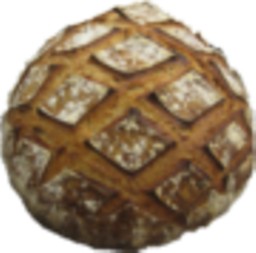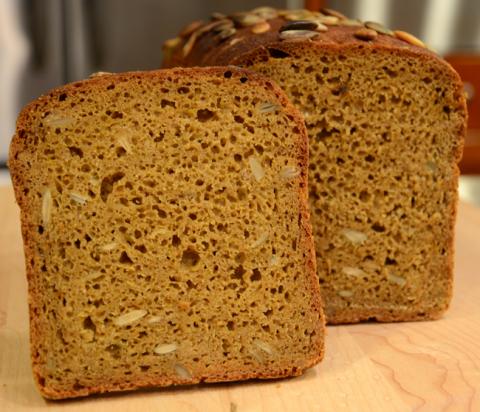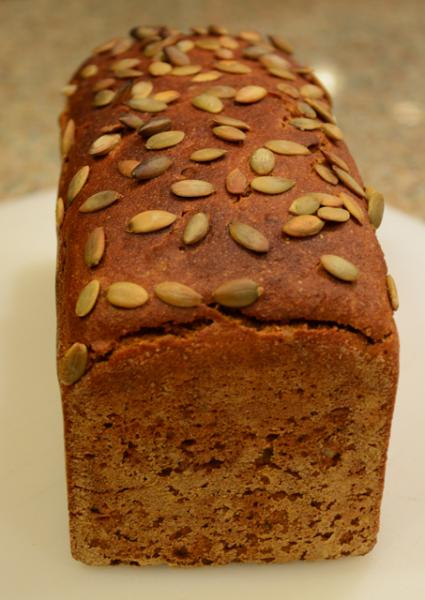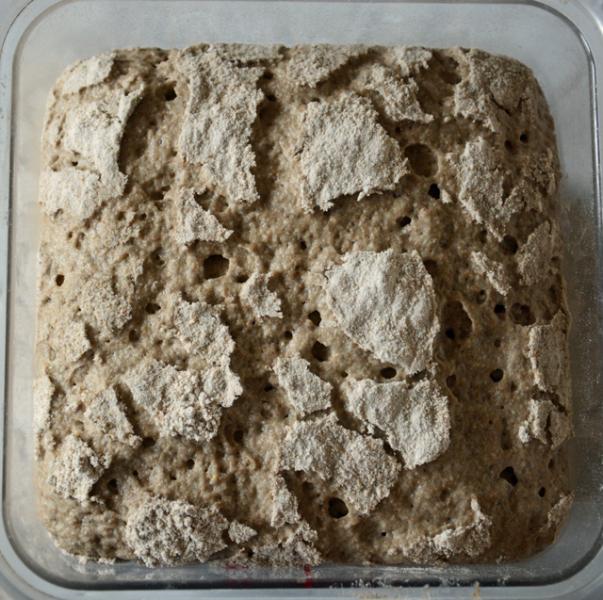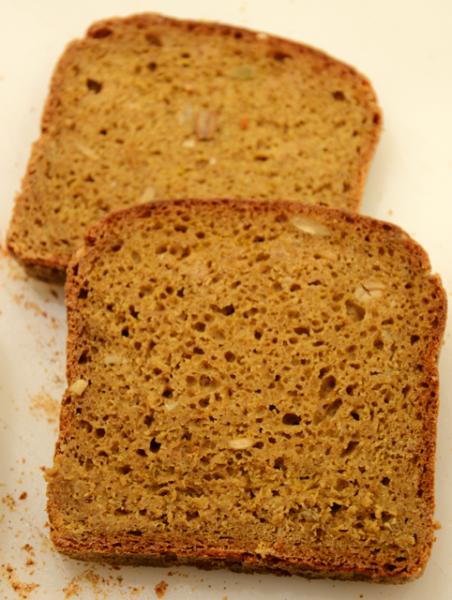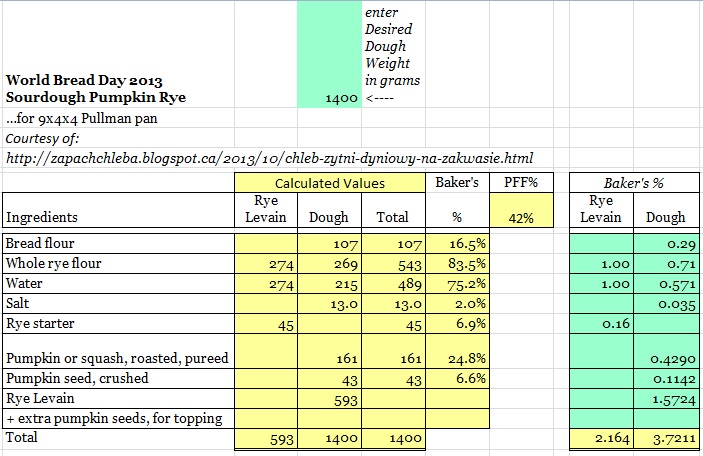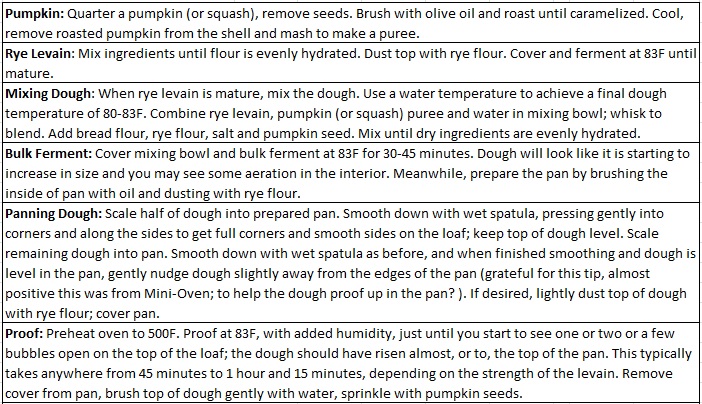
Firm Sourdough Starter - Glezer recipe
I’m finally getting around to posting Maggie Glezer’s firm sourdough starter recipe. For those of you having problems with your starters you might wish to give this a try. Most people here are using batter-style starters so it might be interesting to see if there is any discussion on firm starters. Plus I need help in learning to convert properly for use in recipes which don’t use a firm starter and there are always questions that come up. I have photographed my starter from mixing the dough ball and pressing it into the pint-sized jar through several hourly increments where you can see how grows and finally it quadruples in 8 hours, or in this case just short of 8 hours, which is the “gold standard” Maggie talks about for a firm starter to be ready to leaven bread.
I realize there are many opinions and methods on sourdough starters and this is only the one I’ve chosen and that works for me. But as many of you know, I’m a bread newbie and a sourdough newbie and I’m interested in all the information. Some of you were asking about a firm starter so thought this might help.
PHOTOS on firm starter:
http://zolablue.smugmug.com/gallery/2617049#138085923
(NOTE: Edited to correct recipe 9-25-07 so if you copied it prior to this date please recopy and accept my apologies!)
SOURDOUGH STARTER DIARY – © Copyright, Maggie Glezer, Blessing of Bread
(How to make sourdough bread in two weeks or less)
To begin a starter, you need only whole rye flour, which is rich in sourdough yeasts and bacteria, bread flour, water, time, and persistence (lots of the last two). Amounts are small because I like to use the minimum of flour practical for building the sourdough, as so much of it will be thrown away. If you are baking bread in the meantime, you can add any of these discards to a yeasted dough for extra flavor.
WEEK ONE:
SUNDAY EVENING: Mix 1/3 cup (50 grams/1.8 ounces) whole rye flour with 1/4 cup (50 grams/1.8 ounces) water to make a thick paste and scrape it into a clean sealed jar.
TUESDAY MORNING: The starter should have puffed a bit and smell sharp. Add 1/3 cup (50 grams/1.8 ounces) bread flour and 1/4 cup (50 grams/1.8 ounces) water to the jar, stir it well, and scrape the sides with a rubber spatula to clean them. Reseal the jar.
WEDNESDAY MORNING: The starter should have risen quickly. It is now time to convert it into a stiff starter. In a small bowl, dissolve a scant 2 tablespoons (30 grams/1.1 ounces) starter (discard the rest) in 2 tablespoons (30 grams/1.1 ounces) water, then add 1/3 cup (50 grams/1.8 ounces) bread flour and knead this soft dough. Place it in a clean jar or lidded container, seal it, and let it ferment.
THURSDAY EVENING: The starter will not have risen at all; it will have only become very gooey. Repeat the above refreshment, throwing away any extra starter.
WEEK TWO:
SATURDAY EVENING: The starter will not have risen at all; it will have only become very gooey. Repeat the same refreshment.
MONDAY MORNING: The starter will finally be showing signs of rising, if only slightly! Repeat the refreshment.TUESDAY MORNING: The starter should be clearly on its way and have tripled in twenty-four hours. Repeat the refreshment.
WEDNESDAY MORNING: The starter should be getting stronger and more fragrant and have tripled in twenty-four hours. Repeat the refreshment.WEDNESDAY EVENING: The starter should have tripled in eight hours. It will be just about ready to use. Reduce the starter in the refreshment to 1 tablespoon (15 grams/0.5 ounce) starter using the same amounts of water and bead flour as before.
THURSDAY MORNING: The starter is ready for its final refreshment. Use 1 1/2 teaspoons (10 grams/0.4 ounce) starter, 2 tablespoons (30 grams/1.1 ounces) water, and 1/3 cup (50 grams/1.8 ounces) bread flour.THURSDAY EVENING: The starter is now ready to use in a recipe or to be refreshed once more and then immediately stored in the refrigerator.
Refreshment for a complete Sourdough Starter
MAKES: About a rounded 1/3 cup (90 grams/3.3 ounces) starter, enough to leaven about 3 1/3 cups (450 grams/16 ounces) flour in the final dough
This stiff starter needs to be refreshed only every twelve hours. Use this formula to refresh a refrigerated starter after if has fully fermented and started to deflate. If the following starter does not quadruple in volume in eight hours or less, refresh it again, with these proportions, until it does. If your kitchen is very cold, you will need to find a warmer area to ferment your starter.
1 1/2 teaspoons (10 grams/0.4 ounce) fully fermented sourdough starter
2 tablespoons (30 grams/1.1 ounces) water
1/3 cup (50 grams/1.8 ounces) bread flour
MIXING THE STARTER: In a small bowl, dissolve the starter in the water, then stir in the flour. Knead this stiff dough until smooth. You may want to adjust the consistency of the starter: For a milder, faster-fermenting starter, make the starter softer with a little more water; for a sharper, slower-fermenting starter, make the starter extra stiff with a bit more flour. Place it in a sealed container to ferment for 8 to 12 hours, or until it has fully risen and deflates when touched.
Conversion of a Batter-Type Starter into a Stiff Starter
MAKES: About a rounded 1/3 cup (90 grams/3.2 ounces) starter, enough to leaven about 3 1/3 cups (450 gram/16 ounces) flour in the final dough
If you already have a batter-type starter – that is, a starter with a pancake-batter consistency – you will need to convert it into a stiff starter for the Glezer recipes, or to check its strength.
1 tablespoon (15 grams/0.5 ounce) very active, bubbly batter-type starter
1 tablespoon (15 grams/0.5 ounce) water
1/3 cup (50 grams/1.8 ounces) bread flour
MIXING THE STARTER: In a small bowl, mix the starter with the water, then stir in the flour. Mix this little dough until smooth, adjusting its consistency as necessary with small amounts of flour or water to make a stiff but easily kneaded starter. Let it ferment in a sealed container for 8 to 12 hours, or until it is fully risen and starting to deflate. If the starter has not quadrupled in volume in 8 hours or less, continue to refresh it with the proportions in “Refreshment for a Completed Sourdough Starter” until it does.


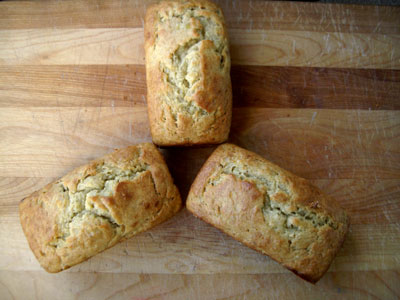




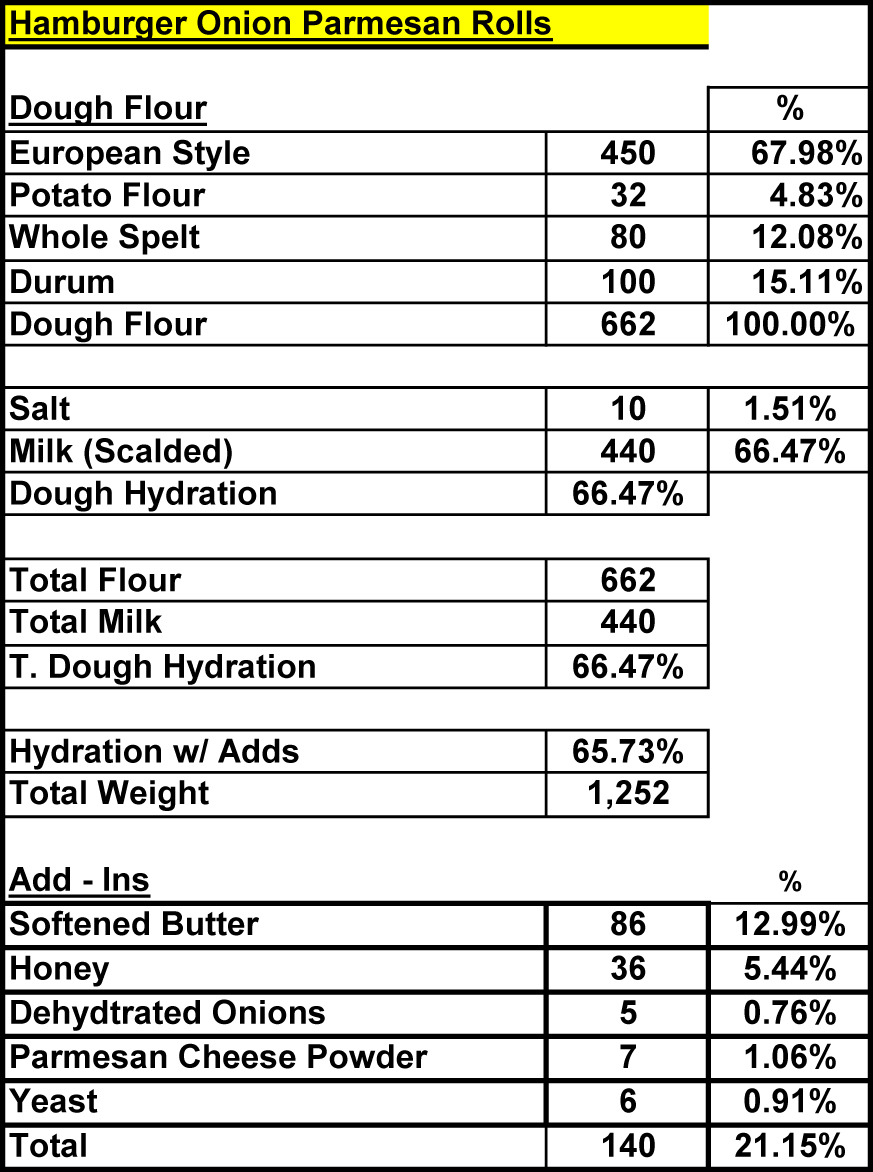






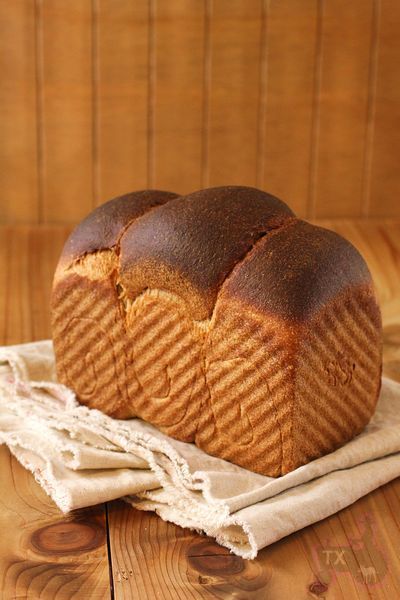




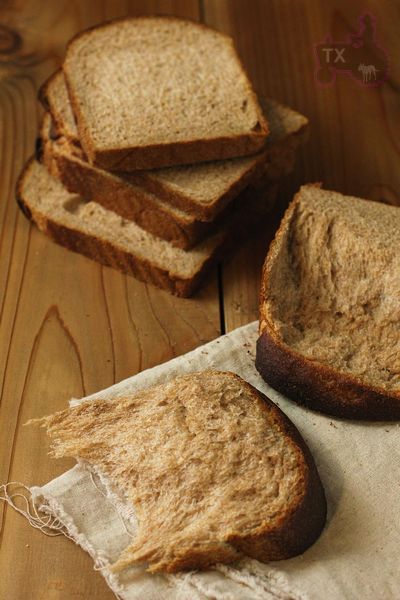




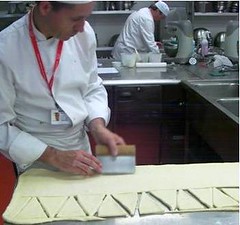
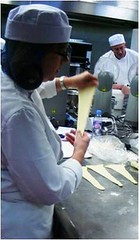





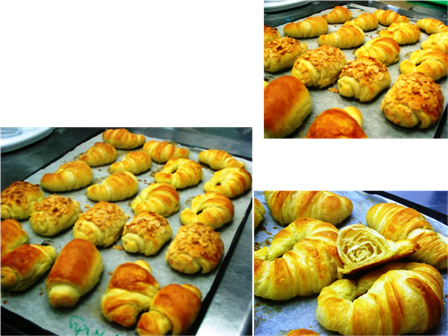


 Explanations
Explanations  Baguettes à cuire
Baguettes à cuire Oven
Oven Baguettes
Baguettes 



